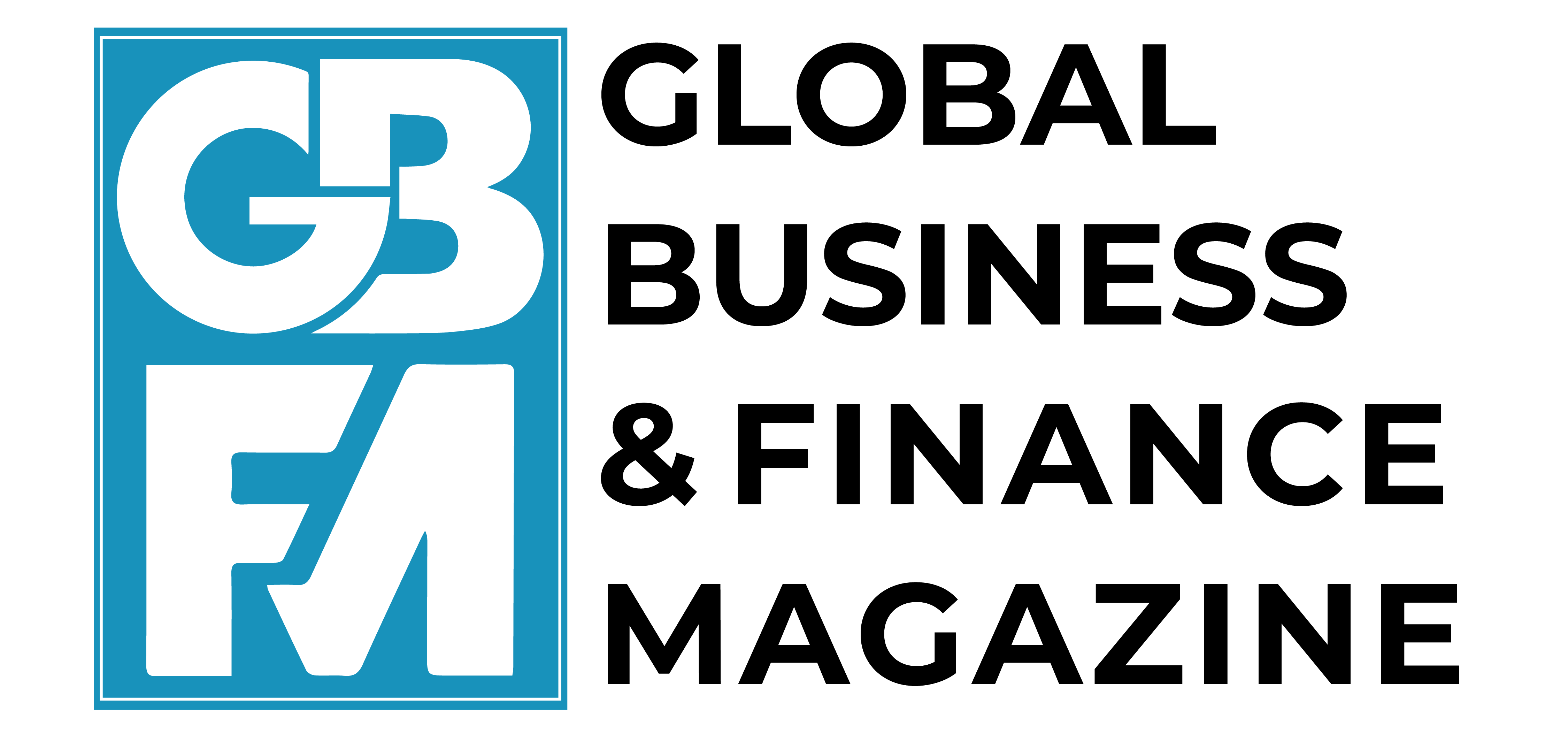It is well established that exporters tend to be some of the most productive firms. But in today’s world, exporters typically rely strongly on other firms in their supply network. This columns uses data on the domestic supply chains of Dutch exporters to investigate whether domestic suppliers to exporting firms are more productive than firms that don’t supply exporters. The findings reveal a clear productivity gradient: exporters are the most productive firms, followed by their direct suppliers, followed by more distant firms in the supply chain. This gradient is particularly pronounced in services sectors, among suppliers to multinationals, and in firms linked to exports outside the EU.
Rising geopolitical tensions and uncertainty threaten international trade. Exports are not only a source of revenue, but also a potential engine for productivity growth. It is well established that exporters tend to be some of the most productive firms (Bernard and Jensen 1999, CBS 2022a). Yet in today’s world, exporters typically rely strongly on other firms in their supply network. Which raises the question: Are their domestic suppliers more productive than firms that don’t supply exporters? We use the Netherlands, a small open economy, as a testing ground to study this question (Freeman et al., 2024). Export activity accounts for roughly 30% of Dutch GDP (CBS 2022b), making it a key part of the national economy.
Using novel firm-to-firm sales data from Statistics Netherlands, we trace the domestic supply chains of Dutch exporters. This rich dataset allows us to identify firms that supply exporters, either directly or indirectly through supplying other suppliers. Our findings reveal a clear productivity gradient: exporters are the most productive firms, followed by their direct suppliers, followed by more distant firms in the supply chain. This gradient is particularly pronounced in services sectors, among suppliers to multinationals, and in firms linked to exports outside the EU.
There are three reasons why firms supplying to exporters might be more productive than non-suppliers:
- Selection: exporters might invest more in collaborating with the most productive suppliers, creating a mutually beneficial selection process (Bernard and Moxnes 2018).
- Scale economies: exporters’ economies of scale may be passed down to suppliers through high demand for intermediate goods.
- Learning: suppliers may adopt new techniques and practices through their partnerships with productive exporters (Alfaro-Ureña et al. 2022).
Our results are based on a dataset which consists of corporations active in the Netherlands in 2018 with more than five employees. We split these firms into four groups: (1) exporters, firms that export goods at least three of the four years prior to 2018; (2) L1-suppliers (firms that directly supply exporters, but do not export themselves); (3) L2-suppliers (firms that supply L1-suppliers, but not exporters, and that do not export themselves); an finally (4) L3+ firms that are beyond the second tier in the supply chain, including firms not at all connected to exporters.
Service firms and trade and transport (T&T) firms take up a large share of the total sample. Figure 1 shows that service firms are particularly well represented in the L1-supplier group. Note that although we examine exports of goods only, T&T firms, which include wholesalers, and some service firms are also exporters. These are mostly firms that export goods along with services, like trade or installation services. Our results are robust to excluding these exporters from the analysis.
Figure 1 Distribution of firms over sectors and groups


Source: CBS microdata and own calculations.
Services are important for the Dutch economy. Previous work shows that the Netherlands is highly specialised in (business) services within global value chains (Wache et al. 2024). It is therefore unsurprising that service firms feature prominently in the domestic supply chains of Dutch exporters, as seen in Figure 1. Service firms likely play an important, indirect, role in goods exports.
A productivity gradient in supplier networks
We explore the labour productivity differences between the groups (exporters, L1-suppliers, and L2-suppliers), where labour productivity is defined as the value added per FTE. We compare the groups using a regression, which allows us to correct for industry differences and firm size. We cannot infer causality from the model. Figure 2 shows the baseline estimates. The estimates show for each group of firms the average labour productivity difference (%) relative to all L3+ firms.
Figure 2 Baseline results


Note: Figure shows estimated coefficients of a regression comparing the labour productivity (value added/FTE) of three groups all L3+-firms.
Source: CBS microdata and own calculations.
Exporters exhibit the highest average productivity. L1-suppliers, too, are significantly more productive than L3+ firms. While in this case the L2-suppliers are somewhat less productive than L3+ firms, we observe the productivity gradient for exporters and L1-suppliers. The presence of a productivity gradient across supplier tiers is consistent with the selection, scale, and learning mechanisms outlined above.
Regardless of the underlying mechanism, the empirical regularity is striking. Exporters, followed by L1 suppliers, enjoy a clear productivity advantage. L2 and more distant suppliers generally lag behind. This pattern mirrors findings in other countries (Dhyne and Rubínová 2016, Merlevede and Theodorakopoulos 2021).
The importance of services in value chains
Our results show that the productivity premium for being an exporter or supplier is particularly strong in the services sector. In Figure 3, we split each of the three groups into service and non-service firms. As shown by the significantly positive interaction effects, service suppliers to exporters outperform other suppliers on average, both for L1- and L2-suppliers.
Figure 3 Service firms regression results


Note: Figure shows estimated coefficients of a regression comparing ln labour productivity (value added/FTE) of three groups to all L3+-firms.
Source: CBS microdata and own calculations.
Service firms may benefit more from integration with export networks due to their use of intangible capital and their knowledge-intensive nature, which might benefit from additional scale economies. These firms often heavily rely on human capital, tacit knowledge, and client-specific expertise. Being embedded in an export-intensive ecosystem could accelerate learning, adaptation, and innovation through frequent interactions with demanding customers and other high-performing firms (Contractor et al. 2007, Love and Ganotakis 2013).
Export destinations matter
Not all export markets are equal when it comes to firm performance. Our results suggest that exporters serving destinations outside the EU tend to be more productive than those exporting exclusively within the EU. As Figure 4 shows, the effect is also extended to suppliers; L1 suppliers to rest-of-world (RoW) exporters also exhibit somewhat higher productivity levels.
Figure 4 Export destination regression results


Note: Figure shows estimated coefficients of a regression comparing ln labour productivity (value added/FTE) of three groups to all L3+-firms
Source: CBS microdata and own calculations.
This difference could reflect the higher entry barriers, logistical complexity, or regulatory standards required to compete in global markets beyond the EU. This would indicate selection effects favouring the most productive exporters. Suppliers to such firms may similarly face more rigorous requirements or operate in more competitive environments, requiring greater productivity.
Multinational effects
Multinational enterprises (MNEs), including both Dutch and foreign-owned MNEs, display significantly higher productivity levels than purely domestic exporters. As Figure 5 illustrates, also their direct suppliers show higher productivity compared to suppliers to non-MNEs. This finding is consistent with the idea that multinationals often enjoy large scale economies. Additionally, MNE’s might bring advanced management practices, technology transfers, and knowledge flows, by virtue of their global scope (Bloom and Van Reenen 2010).
Figure 5 MNE regression results


Note: Figure shows estimated coefficients of a regression comparing ln labour productivity (value added/FTE) of three groups to all L3+-firms
Source: CBS microdata and own calculations.
Integration pays – especially for services
Our findings provide evidence that participation in international markets is associated with higher productivity, not only for firms directly engaged in exporting but also for those embedded in the wider network of suppliers. This is especially true for Dutch service firms, which appear particularly well positioned to benefit from global value chains.
At a time when globalisation faces renewed scepticism and policy headwinds, these results underscore the importance of maintaining international linkages, particularly for a small open economy like the Netherlands. Trade restrictions or a retreat from openness could have ripple effects across entire supply chains, potentially dampening productivity at multiple levels.
More broadly, our work highlights the need for policymakers to view exporting not just as an individual firm decision, but as part of a broader ecosystem. Supporting supplier capabilities, facilitating services integration, and sustaining access to diverse global markets may be essential strategies for boosting productivity growth.
Source : VOXeu



































































